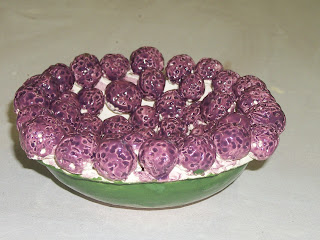At the start of each quarter, I ask students: “What are your hopes and dreams for art? What do you plan to make? What do you hope to get better at?” Many students respond: “I want to learn to draw more realistically.” "J" employs several strategies to improve her skills
"J" employs several strategies to improve her skills
This is a common wish for middle school students – but it takes more than wishing to learn to draw well. Mostly, it takes practice. And close observation. And then some more practice. People who draw well typically draw every day.
Students at Crossett Brook Middle School know that when they arrive for class, they will be able to choose where they will work, and what they will work on. In the art studio, students choose between the Drawing Center, Painting Center, Clay Center, Sculpture Center, Printmaking Center, Digital Art Center and the Collage Center.
Students who choose to work to improve their drawing skills often choose simple tools and materials; pencil, paper, mirror, maybe a drawing book or a seat by the window. Add quiet concentration to the list of needed ingredients and the results can be very impressive!

















